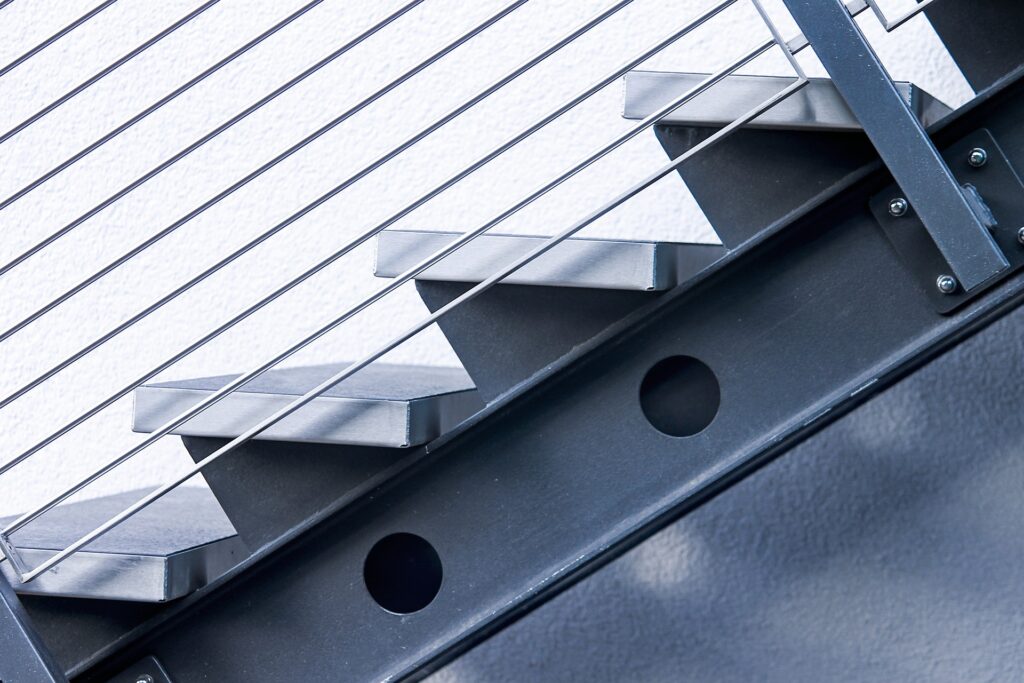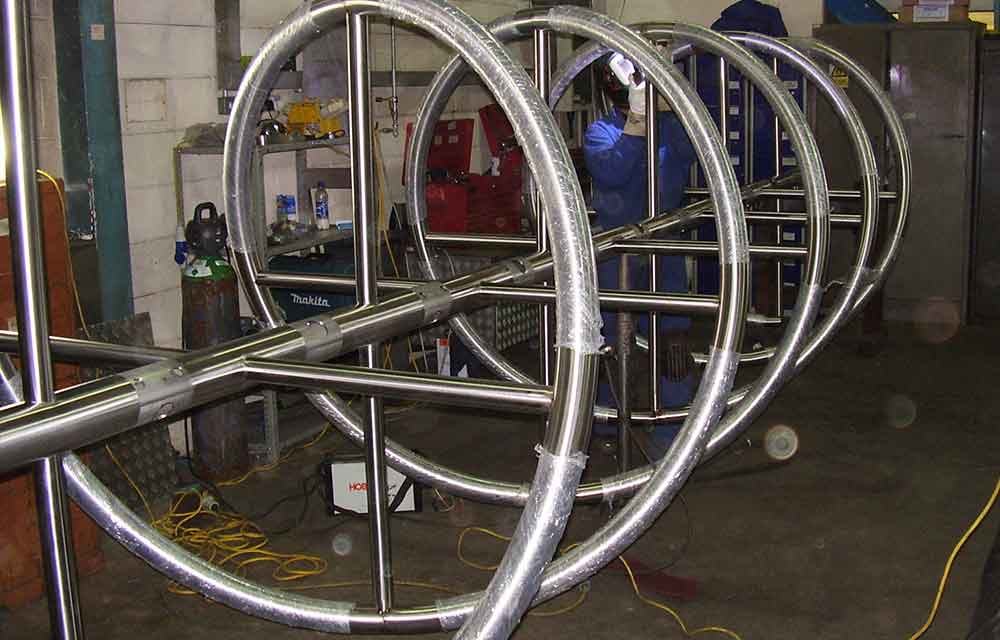Maintaining architectural metal finishes is crucial to ensure the longevity and aesthetic appeal of metal structures. Whether in commercial buildings or residential homes, metal finishes provide both durability and beauty. However, these finishes require regular care to remain in optimal condition. In this article, we will explore the best practices and strategies to maintain these finishes effectively.

Understanding Architectural Metal Finishes
Before diving into maintenance, it’s important to understand what architectural metal finishes are. These finishes involve applying a protective and decorative layer to metal surfaces, enhancing their appearance and providing resistance to corrosion and wear. Common metals used in architecture include aluminum, stainless steel, and copper, each with unique properties and maintenance needs.
Types of Metal Finishes
1. Painted Finishes
Painted finishes add color and protection to metal surfaces. They are popular for their versatility and ability to match any design scheme. Regular cleaning and touch-ups are essential to maintain the integrity of painted finishes.
2. Anodized Finishes
Anodizing is an electrochemical process that enhances the natural oxide layer on metal surfaces, particularly aluminum. This finish is durable and resistant to corrosion, making it a popular choice for exterior applications. Regular cleaning with mild soap and water helps maintain its appearance.
3. Patina Finishes
Patina finishes develop naturally over time, giving metals like copper and bronze a unique, weathered look. While some prefer the natural aging process, others may apply chemical treatments to accelerate patina development. Regular cleaning with a soft cloth and water helps maintain the patina’s beauty.
General Maintenance Tips
Regardless of the type of finish, there are general maintenance tips to follow for all architectural metal finishes:
- Regularly inspect the metal surfaces for signs of damage or wear.
- Clean the surfaces with a mild detergent and water solution.
- Avoid abrasive cleaners and tools that can scratch the finish.
- Apply a protective wax or sealant to enhance durability.
Cleaning Techniques for Different Metal Finishes
Cleaning Painted Finishes
To maintain painted finishes, use a gentle cleaning solution and a soft cloth. Avoid harsh chemicals that can strip the paint. Regular touch-ups can address any chips or scratches that may occur.
Cleaning Anodized Finishes
For anodized finishes, use a non-abrasive cleaner and a soft cloth. Avoid alkaline or acidic cleaners, as they can damage the anodized layer. Rinse thoroughly with clean water to remove any residue.
Cleaning Patina Finishes
Patina finishes require gentle cleaning to preserve their natural appearance. Use a soft cloth and water to remove dirt and debris. Avoid harsh chemicals that can alter the patina’s color.
Preventive Measures for Longevity
Adopting preventive measures can significantly extend the life of architectural metal finishes:
- Apply a protective coating to shield against environmental elements.
- Implement a regular maintenance schedule to address issues promptly.
- Educate staff and users on proper handling and cleaning techniques.
- Consult with professionals for specialized cleaning and maintenance.
Challenges in Maintaining Metal Finishes
Maintaining architectural metal finishes comes with its challenges. Environmental factors such as pollution, UV exposure, and moisture can accelerate wear and corrosion. Regular inspections and timely interventions can mitigate these challenges.
When to Seek Professional Help
While regular maintenance is manageable, some situations require professional assistance. Complex damage, extensive corrosion, or the need for specialized treatments are instances where professional help is advisable. For more information on choosing the right partner, visit choosing a precision cutting partner.
Benefits of Proper Maintenance
Proper maintenance of architectural metal finishes offers numerous benefits:
- Prolongs the life of metal structures.
- Preserves the aesthetic appeal of the design.
- Reduces repair and replacement costs.
- Enhances the building’s overall value.
Conclusion
Maintaining architectural metal finishes is a vital aspect of building management. By understanding the types of finishes and implementing effective maintenance strategies, you can ensure that your metal structures remain beautiful and functional for years to come.

FAQs
What is the best way to clean metal finishes?
The best way to clean metal finishes is by using a mild detergent and water, along with a soft cloth. Avoid abrasive cleaners that can damage the finish.
How often should I inspect my metal finishes?
Regular inspections are recommended, ideally every six months, to identify and address any issues promptly.
Can I apply a new finish to an existing metal surface?
Yes, applying a new finish to an existing metal surface is possible. However, it is crucial to consult with a professional to ensure proper application and compatibility with the existing finish.
This article contains affiliate links. We may earn a commission at no extra cost to you.

